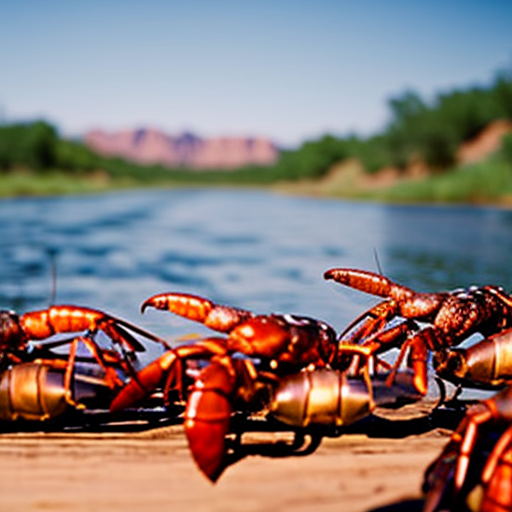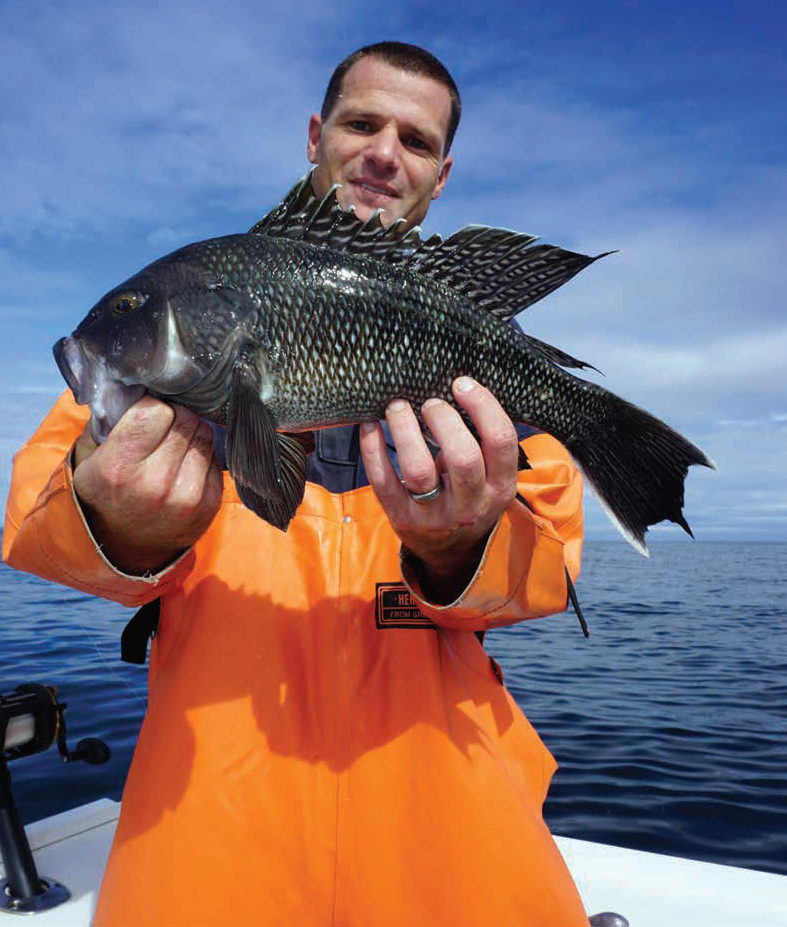
Colorado Parks and Wildlife Discovers Invasive Crayfish Species in Lake Granby
Colorado Parks and Wildlife (CPW) recently announced the discovery of an invasive crayfish species in Lake Granby. The rusty crayfish, named for reddish spots on its shell, hasn’t been seen in the state in over a decade. CPW is now on high alert due to Lake Granby’s proximity to the Colorado River and is focused on preventing the further spread of the crayfish.
Threat to Native Species and Ecosystem
The rusty crayfish is a highly aggressive species that outcompetes native species for resources. It also poses a threat to sportfish as it is not a good prey species. The invaders disrupt the aquatic food web by consuming small fish, insects, and fish eggs. They also eat plants on the bottom of the reservoir, which serve as critical habitat for fish spawning and food for native wildlife.
Possible Introduction by Irresponsible Angler
CPW believes that the rusty crayfish may have been brought to Lake Granby by an irresponsible angler using it as live bait. Crayfish are not legal as bait in Colorado, and all crayfish caught west of the continental divide must be immediately killed or returned to the water. CPW is currently considering bans on the import and possession of live red swamp crayfish, which are illegally imported into the state each week.
Rare Sightings in the Arid West
Rusty crayfish sightings are relatively rare in the arid West. Wyoming wildlife officials are also on high alert after discovering nine rusty crayfish since 2003. Data from the U.S. Geological Survey shows sightings in Nevada and New Mexico as well.
Impact on Ecosystems
Rusty crayfish have had a more prevalent spread in the Midwest, where scientists have studied their impact as an invasive species. Rochelle Sturtevant, a program manager, describes the species as an “ecosystem engineer” that can cause structural changes in the environment. The presence of rusty crayfish outcompetes native crayfish species and alters the plant community.
Conclusion
The discovery of the invasive rusty crayfish in Lake Granby is a significant concern for Colorado Parks and Wildlife. The agency is focused on preventing the further spread of the species to protect native species and maintain the balance of the aquatic ecosystem. Efforts are being made to address the issue, including considering bans on the import and possession of other invasive crayfish species. It is crucial to prioritize the Sustainable Development Goals (SDGs) related to life below water and biodiversity conservation to ensure the long-term sustainability of our ecosystems.
SDGs, Targets, and Indicators Analysis
1. Which SDGs are addressed or connected to the issues highlighted in the article?
- SDG 14: Life Below Water – The article discusses the impact of the invasive rusty crayfish on the aquatic food web and native wildlife in Lake Granby.
- SDG 15: Life on Land – The article highlights the threat posed by the rusty crayfish to native species and their habitats.
2. What specific targets under those SDGs can be identified based on the article’s content?
- SDG 14.4: By 2020, effectively regulate harvesting and end overfishing, illegal, unreported and unregulated fishing and destructive fishing practices and implement science-based management plans, in order to restore fish stocks in the shortest time feasible. – The article mentions the need to stop the spread of the rusty crayfish to protect native fish species and their habitats.
- SDG 15.8: By 2020, introduce measures to prevent the introduction and significantly reduce the impact of invasive alien species on land and water ecosystems and control or eradicate the priority species. – The article discusses the invasive nature of the rusty crayfish and the efforts to prevent its spread.
3. Are there any indicators mentioned or implied in the article that can be used to measure progress towards the identified targets?
- Indicator for SDG 14.4: Proportion of fish stocks within biologically sustainable levels – This indicator can be used to measure the restoration of fish stocks affected by the invasive rusty crayfish.
- Indicator for SDG 15.8: Number of introduced species that become established and cause significant ecological damage – This indicator can be used to measure the impact of the rusty crayfish as an invasive species on land and water ecosystems.
Table: SDGs, Targets, and Indicators
| SDGs | Targets | Indicators |
|---|---|---|
| SDG 14: Life Below Water | Target 14.4: By 2020, effectively regulate harvesting and end overfishing, illegal, unreported and unregulated fishing and destructive fishing practices and implement science-based management plans, in order to restore fish stocks in the shortest time feasible. | Indicator: Proportion of fish stocks within biologically sustainable levels |
| SDG 15: Life on Land | Target 15.8: By 2020, introduce measures to prevent the introduction and significantly reduce the impact of invasive alien species on land and water ecosystems and control or eradicate the priority species. | Indicator: Number of introduced species that become established and cause significant ecological damage |
Behold! This splendid article springs forth from the wellspring of knowledge, shaped by a wondrous proprietary AI technology that delved into a vast ocean of data, illuminating the path towards the Sustainable Development Goals. Remember that all rights are reserved by SDG Investors LLC, empowering us to champion progress together.
Source: kuer.org

Join us, as fellow seekers of change, on a transformative journey at https://sdgtalks.ai/welcome, where you can become a member and actively contribute to shaping a brighter future.






